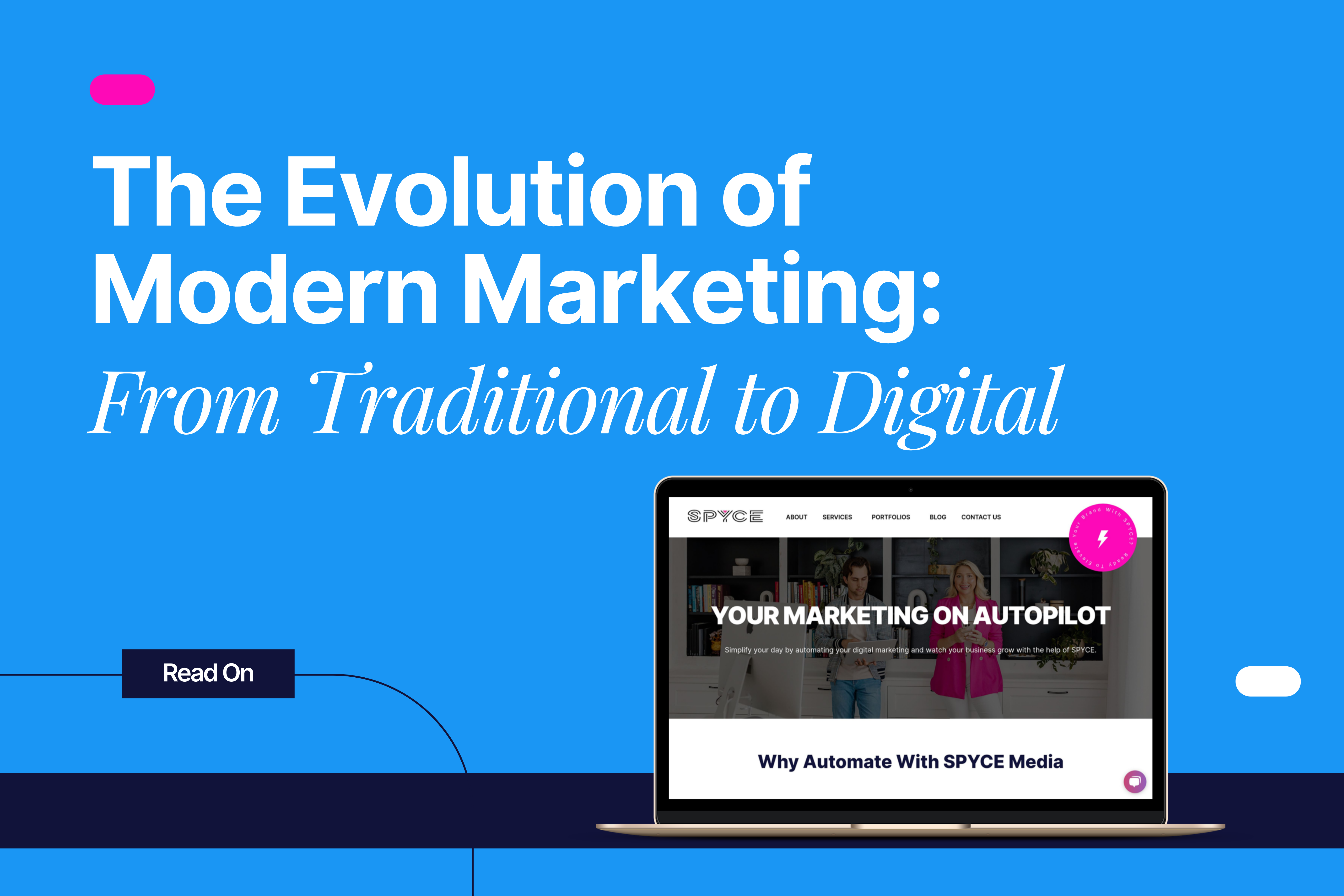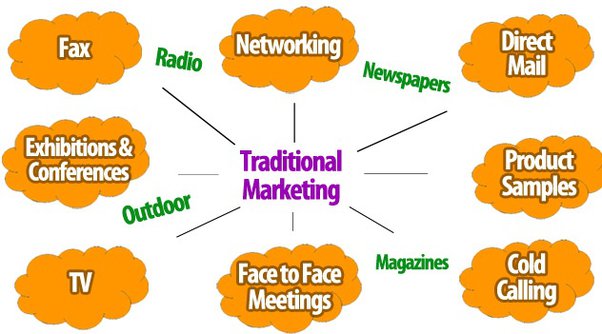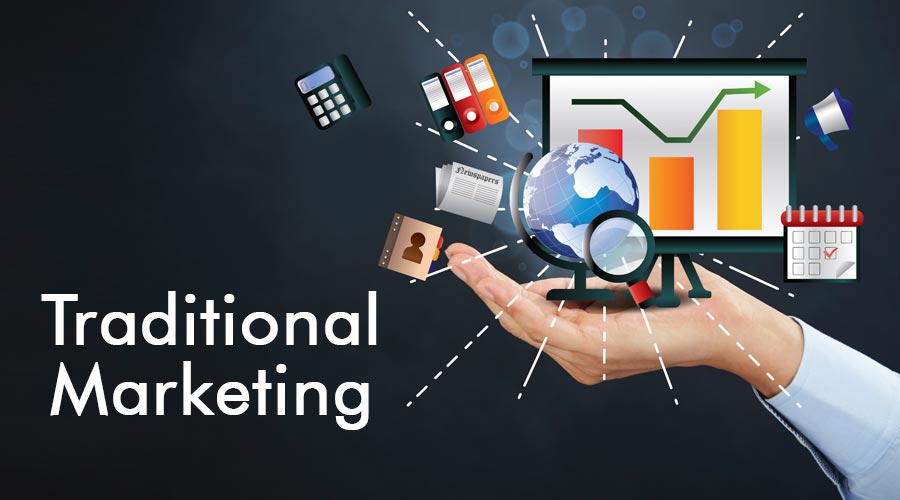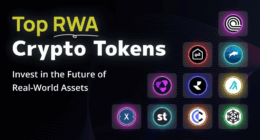The landscape of marketing has undergone a significant transformation with the rise of digital technology, changing how businesses engage with customers. As we navigate through the digital age, traditional marketing methods like print ads, billboards, and TV commercials are evolving to integrate with new digital strategies. This evolution reflects the ongoing shift in consumer behavior, technological advancements, and the need for personalized marketing experiences.
From Traditional Marketing to Digital Marketing
Traditional marketing, which primarily includes offline strategies such as radio, TV, newspapers, and direct mail, has long been a staple for businesses aiming to reach a broad audience. These methods were effective in creating brand awareness and reaching local markets. However, they often lacked the precision targeting and real-time data analytics offered by digital marketing channels today.
The digital age has introduced new marketing platforms such as social media, email marketing, search engine optimization (SEO), and content marketing, which allow brands to connect with consumers in a more direct and personalized manner. The evolution from traditional to digital marketing is driven by the increasing use of the internet and mobile devices, which have become the primary sources of information and entertainment for many consumers.
Key Drivers of the Evolution
Changing Consumer Behavior: Modern consumers spend more time online, seeking instant access to information, reviews, and social proof before making purchasing decisions. Digital marketing channels such as social media, blogs, and search engines provide a way to engage these consumers where they are most active.
Advances in Technology: The advent of big data, artificial intelligence, and machine learning has enabled marketers to understand consumer preferences better and deliver targeted campaigns. This has revolutionized how brands approach their marketing strategies, integrating data-driven insights with traditional marketing practices.
The Rise of Content Marketing: Content marketing has become a key player in the evolution from traditional to digital marketing. Instead of broadcasting messages to a broad audience, brands are now focusing on creating valuable content that attracts, engages, and retains a clearly defined audience.
Increased Focus on ROI: Digital marketing offers real-time analytics and insights that traditional marketing methods often cannot provide. This focus on measurable return on investment (ROI) allows businesses to optimize their marketing budgets and strategies, ensuring that every dollar spent contributes to achieving marketing goals.
How Traditional Marketing Adapts to the Digital Age
While digital marketing offers numerous advantages, traditional marketing is not becoming obsolete; rather, it is adapting to the new digital environment. Here are some ways traditional marketing methods are evolving:
Integration with Digital Channels: Many businesses are blending traditional marketing with digital strategies to maximize reach and engagement. For example, a TV ad may encourage viewers to visit a website or follow a social media page, creating a seamless integration between offline and online experiences.
Data-Driven Marketing: Traditional marketing channels are increasingly using data analytics to improve targeting and measurement. For example, direct mail campaigns are now leveraging data to personalize messages, and billboards are incorporating digital elements like QR codes to engage smartphone users.
Cross-Channel Campaigns: Combining traditional and digital channels allows marketers to create cohesive campaigns that provide consistent messaging across different platforms. For example, a print advertisement in a magazine may be complemented by a digital campaign that targets the same audience online.
The Future of Marketing in the Digital Age
The evolution of traditional marketing in the digital age will continue as new technologies emerge and consumer behavior evolves. Businesses that effectively integrate traditional and digital marketing strategies will have a competitive edge. Embracing a multi-channel approach that leverages the strengths of both traditional and digital methods can help brands create more engaging and effective marketing campaigns.
Conclusion
In conclusion, the digital age has reshaped the marketing landscape, driving the evolution from traditional to digital marketing. To thrive in this dynamic environment, businesses must adapt their strategies by integrating traditional marketing methods with innovative digital channels. By doing so, they can reach their target audiences more effectively and maximize their return on investment, ensuring success in the modern marketplace.









